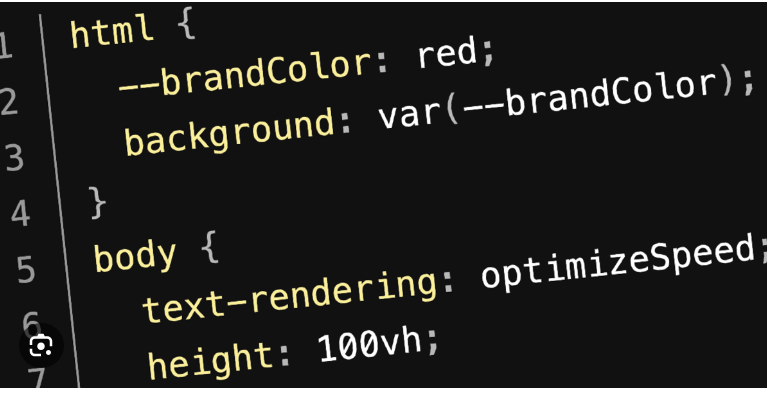
JavaScript is a widely-used programming language known for its flexibility and versatility. However, it also has certain peculiarities that can catch developers off guard if not understood properly. One such aspect is the Temporal Dead Zone (TDZ) and hoisting. In this article, we will explore these concepts in detail, shedding light on their behavior and implications in JavaScript code.
Temporal Dead Zone (TDZ)
The Temporal Dead Zone is a concept introduced in ECMAScript 2015 (ES6) as part of the
let and const variable declarations. It is a specific
region within a scope where variables exist but cannot be accessed until they are assigned a
value. This zone starts at the beginning of the scope and continues until the point of
declaration.
When a variable is accessed within the TDZ, a ReferenceError is thrown,
indicating that the variable is not yet initialized. This behavior is different from
traditional variable hoisting, which we will discuss in the next section.
Hoisting
Hoisting is a JavaScript mechanism where variable and function declarations are moved to the top of their respective scopes during the compilation phase. This means that variables can be accessed and used before they are declared. However, it is important to note that only the declarations are hoisted, not the initializations. Variables declared with the var keyword are hoisted to the top of their scope and have an initial value of undefined until they are assigned a specific value. On the other hand, variables declared with let and const are also hoisted, but they remain in the TDZ until their declaration is reached in the code execution flow.
Key Differences between TDZ and Hoisting
To understand the differences between the Temporal Dead Zone and hoisting, let's summarize their contrasting characteristics:
Temporal Dead Zone (TDZ):
- Introduced in ES6 with let and const declarations.
- Variables exist but cannot be accessed until their declaration.
- Accessing variables in the TDZ results in a ReferenceError.
- Provides a way to catch potential issues and enforce better programming practices.
Hoisting:
- Applies to variables declared with var
- Declarations are moved to the top of their scope during compilation.
- Variables are accessible before their declaration but have an initial value of undefined.
- May lead to unexpected behavior if not understood and used correctly.

Examples and Use Cases
Let's consider a few examples to illustrate the behavior of TDZ and hoisting:
Example 1: Temporal Dead Zone (TDZ)
Javascript code
console.log(myVariable); // Throws a ReferenceError
let myVariable = 42;
In this example, we attempt to access myVariable before it is declared, resulting in a ReferenceError due to the TDZ.
Example 2: Hoisting
javascriptCopy code
console.log(myVariable); // Outputs 'undefined'
var myVariable = 42;
In this case, myVariable is hoisted to the top of the scope, but its value
is not assigned until later in the code. As a result, the initial value is
undefined.
These examples demonstrate the importance of understanding TDZ and hoisting to avoid
unexpected errors and ensure predictable behavior in JavaScript code.
Best Practices to Avoid Issues
To prevent pitfalls related to TDZ and hoisting, consider the following best practices:
- Always declare variables before accessing them to avoid TDZ-related errors.
- Use let and const instead of var to leverage block scoping and reduce hoisting-related confusion.
- Place variable declarations at the top of their respective scopes for clarity and predictability.
- Take advantage of modern JavaScript features, such as const and let , to enforce immutability and better variable scoping.
Conclusion
In conclusion, understanding the Temporal Dead Zone and hoisting is crucial for writing
reliable and error-free JavaScript code. The TDZ ensures that variables are accessed only
after their declaration, preventing potential issues. On the other hand, hoisting allows
variables declared with var to be accessed before their declaration, but with the caveat of
an initial value of undefined. By following best practices and leveraging block scoping,
developers can avoid common pitfalls and write more maintainable code.
If you enjoyed this piece, we've crafted a related article delving Embracing Remote work culture amid the covid19 crisis. Explore it here.